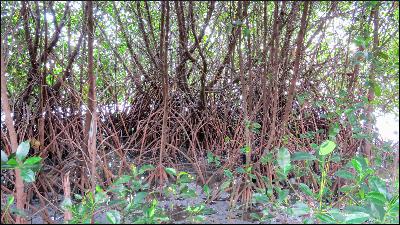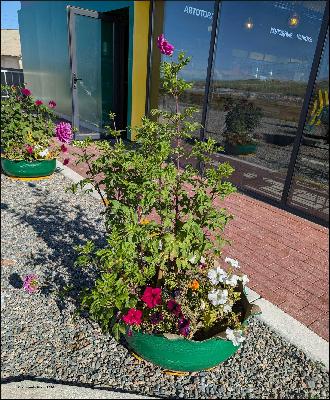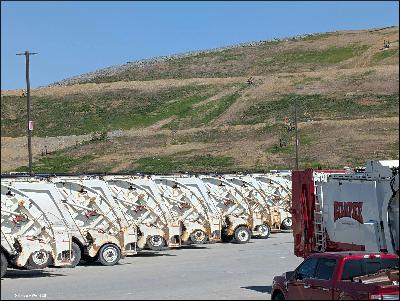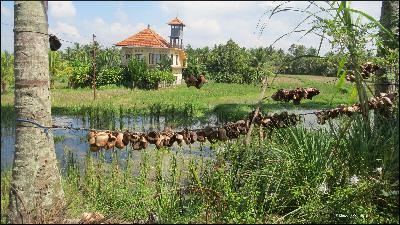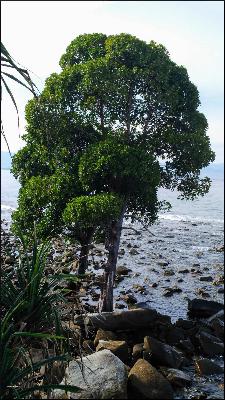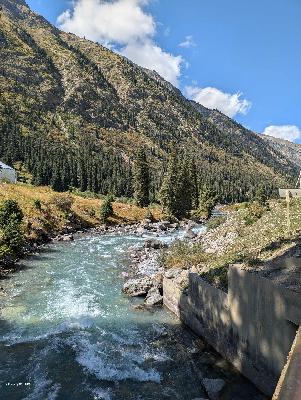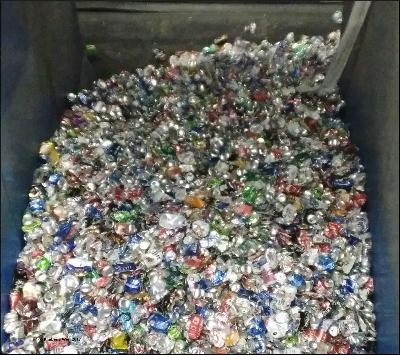The Lesser-Heard Save the Mangroves, Part I
Description
Celebrating the One Year Anniversary of the podcast, Jorden and Kimberly turn their attention to the amazing, yet underappreciated mangroves forests. Remarkable coastal ecosystems that can capture 5 times more CO2 than rainforests, mangroves provide a powerful defense against climate change and coastal erosion in over 120 countries.
Changing up the format, Sustainable Planet will drop weekly, covering topics in two parts. Part I focuses on the vital role of mangroves, why they’re often overlooked, and the main contributing factors jeopardizing this ecosystem.
Key Topics Jorden and Kimberly discuss include:
- Why rainforests get all the glamour while mangroves do the heavier lifting
- Just how many amazing attributes this marine ecosystem has
- What the biggest threats to mangrove conservation are
- How much more money mangrove conservation reaps than deforestation (to the tune of $80,000 per hectare!)
- How mangroves affect everyone’s well-being—no matter how long it takes to reach the beach
Recommended Resources
- NOAA’s CoastalBlue Carbon assessment and conservation
- How mangrove conservation in Acapulco would have mitigated the effects of Hurricane Otis
- Mangrove deforestation in Southeast Asia
- For those new to carbon trading, a summary and an entire Sustainable Planet episode on the Cap & Trade System by your favorite podcasters
- Kimberly’s Substack newsletter post
Episode Transcript
Kimberly
Welcome to our celebratory one -year anniversary episode of
Sustainable Planet. I'm political scientist Kimberly Weir and my co -host is
Jordan Dye, a guy who knows an awful lot about sustainability issues. With
Earth Day approaching, hopefully sustainability is on more people's minds.
Anyone paying attention knows we should save the rainforests. But what about
mangroves, an even more vital ecosystem? But Jordan, I bet you've heard about
mangroves long before I even suggested this topic.
Jorden
I got really excited when you suggested this topic,
Kimberly. And I have a little bit of a long and random story into this, so bear
with me. But my discovery of mangroves started a long time ago with Bjorn
Lumberg and his obsession with the idea of building dikes everywhere to protect
from coastal erosion and rising sea levels. It was an easy solution. And I was
young enough that I was like, well, it sounds reasonable. Like, why are we not
doing this then? And it was the start of a fundamental lesson for me in climate
change, which is if somebody is saying there's a super simple, reasonable way
to fix this massive problem, then everyone has already looked into it because
no one is passing up the super simple solutions. And I often think of a quote
from Alexis de Tocqueville in Democracy in America, a false but clear and
precise idea always has more power in the world than one which is true and
complex. And I think that can be used in so much, but especially here. The
funny thing is, as I looked into dykes and found out that they couldn't be
built around a lot of small developing islands because of either coastline
features or cost, and that they just don't work in a lot of places, it led me
to find out that we already had something that worked, mangroves. And a lot of
our discussion around that is going to be around we don't need to engineer a
new crazy solution. We need to protect and enhance the natural solution that's
doing it so well.
Kimberly
Yeah, instead of destroying it. The thing is, is it
mangroves? This is a topic that I regularly introduced to my classes when I was
teaching introduction to international relations, because it's multifaceted,
right? It's an environmental issue, but it's got economic implications. It's
got human rights implications. It's got environment. Also, it's like, you know,
like health implications. Yeah, I was gonna say world health implications and
also even security implications, right? So across the board, it hit on all of
these international general issues. And I would start out oftentimes the class
by using this. And for the longest time, one or two people would raise their
hands to say they knew what mangroves were before we started talking about them
in class, like almost out of classes of 45 students.
As time has gone on I've seen a little bit more like of an
increase in the number of people who are familiar with them. But generally
speaking, still, it was quite a minority. And so my joke was always, you know,
like they're the less sexy thing. When you think about what's going to make the
calendar for the environmental cause, is it going to be the, you know,
multicolored, awesome looking frogs or birds? Or is it going to be the bland
looking, unless you know what you're looking at, mangroves, mangrove forests?
Jorden
No, exactly. And I think that even amongst a lot of people I
know, you know, other ecosystems such as you mentioned forests already, but
even wetlands tend to get a lot more focus and people know about them. And I
think it reflects a weird view because, I mean, mangroves are found in 121 of
the 195 countries globally. They are pervasive. I mean, their distribution is
concentrated, right? I mean, 40 % of all global mangroves are found in just
four countries, Indonesia, Brazil, Nigeria, and Mexico. It's surprising there's
dispersion and how most countries have an example of them, but people have no
idea about them in their own ecosystems.
Kimberly
Well, and it's their tropical and subtropical forests. So a
lot of times they're not really in, we don't see them nearly as prevalent in
global north countries. It's the global south countries, developing countries,
emerging economies, but the continent of Australia has got a lot of mangroves
too, right? So you sort of see that, but mostly the attention is just, we
hadn't gotten a lot of attention because for example, in the United States,
where a lot of the mangroves were, was Florida. And they were all ripped out
because people wanted long stretches of sandy beaches. They didn't want
mosquitoes, right? All of those things that the reasons why the mangroves are
there are all of the problems Florida is having now in terms of beach erosion
and having to try to shore up during tropical storms because they've lost that
natural barrier protection. And also just the biodiversity that was just off in
the process of this. And so when it comes to these tropical and subtropical
forests, another thing that goes along with them is the fact that they also
protect the seaweed and the sea grasses and the salty marshes that are in the
same brackish areas, which are also really great because these are carbon
sinks. These are blue carbon areas. And these are so important. We talk about,
everybody hears about. Blue zones for supposedly that these are the healthiest
people in the world where these are in fact blue zones, legitimate blue zones.
These blue carbons, areas that are carbon sinks that capture and sequester
basically and store more CO2 than rainforest do. And that's what really started
to get people's attention in my classes was that they had no idea that these
trap three to five times more CO2 emissions than rainforest do. They'll
reinforce get all the attention.
Jorden
And I think this is actually where you see it reflected in
the scientific literature over the last 15 years. Mangroves have a lot of
attention in the scientific literature because of their recognized importance.
It hasn't translated to the broader public. And on the carbon point, I want to
put this in context for people. So I was trying to find different comparisons.
And I think the best one was in a single square mile of mangroves, they remove
and sequester roughly the same emission as 90 ,000 cars. So when we and I want
to put this in context for, you know, North American audience. So when you're
looking at Florida and the destruction there, this is even finding out. So I
was like, oh, there's 800 square miles of mangroves still left in Florida, very
dispersed and fractured and being lost. And seeing how much of that is what was
there even a decade ago is sad. But let's looking at that 800 square miles that
you have the capacity to annually remove and store the equivalent of 72 million
cars. which is roughly 25 % of America's total commercial and personal vehicle
fleet in what is just remaining. So like the actual carbon impact of these
areas is just massive. And I really like 25 % of all personal and commercial

